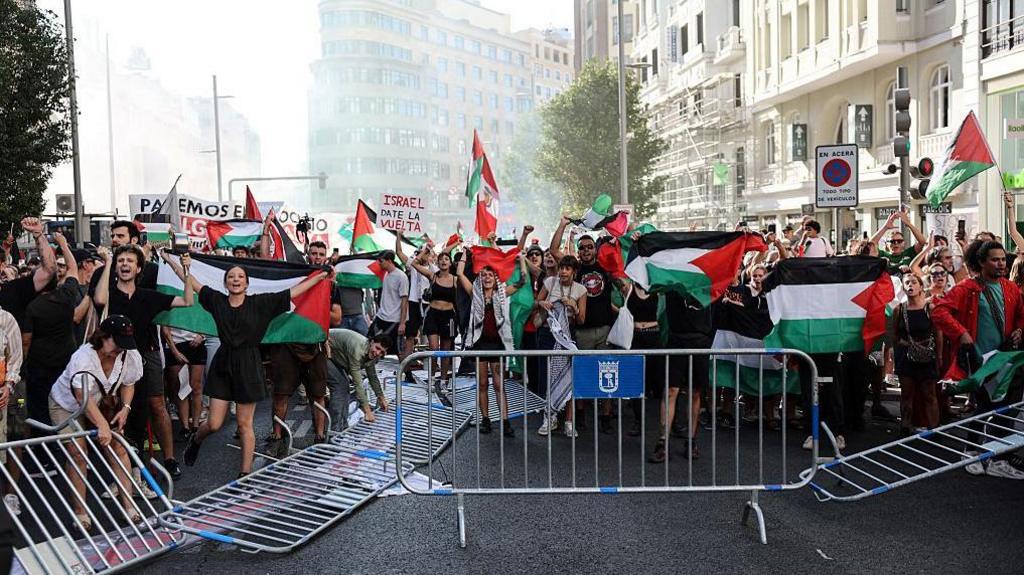Nepal has become the third country in India's immediate neighbourhood to see a violent uprising topple its government in recent years. Prime Minister KP Sharma Oli resigned after more than 20 people died in clashes with police during anti-government demonstrations triggered by a social media ban.
A nationwide curfew is in place and the army is attempting to bring the situation under control after protesters stormed parliament and set fire to the homes of several politicians.
For many, the scenes in Kathmandu were reminiscent of turmoil that gripped Bangladesh last year and Sri Lanka in 2022. While Bangladesh and Sri Lanka are also India's close neighbours, Delhi’s relationship with Kathmandu is special because of historic people-to-people, economic and strategic ties.
Nepal shares a largely open border of more than 1,750km (466 miles) with five Indian states: Uttarakhand, Uttar Pradesh, Sikkim, Bihar, and West Bengal. Delhi is keenly watching developments across the border, with Indian Prime Minister Narendra Modi swiftly reacting to the unfolding events.
The violence in Nepal is heart-rending. I am anguished that many young people have lost their lives, Modi wrote, stressing that stability, peace, and prosperity of Nepal are of utmost importance. He called for peaceful resolution while chairing an emergency security meeting to discuss the situation.
With wide implications on the large Nepalese diaspora in India and a shared cultural heritage, the crisis presents both challenges and opportunities. Modi’s administration faces the task of navigating complex geopolitical waters as China also eyes influence in Nepal, thereby intensifying the strategic importance of the region.
Experts caution that, with uncertainties shrouding Nepal's political future, India must act carefully to avoid exacerbating tensions that could lead to further unrest. As the crisis unfolds, the need for diplomatic engagement and understanding of local sentiment will be crucial in maintaining stability in South Asia.



















